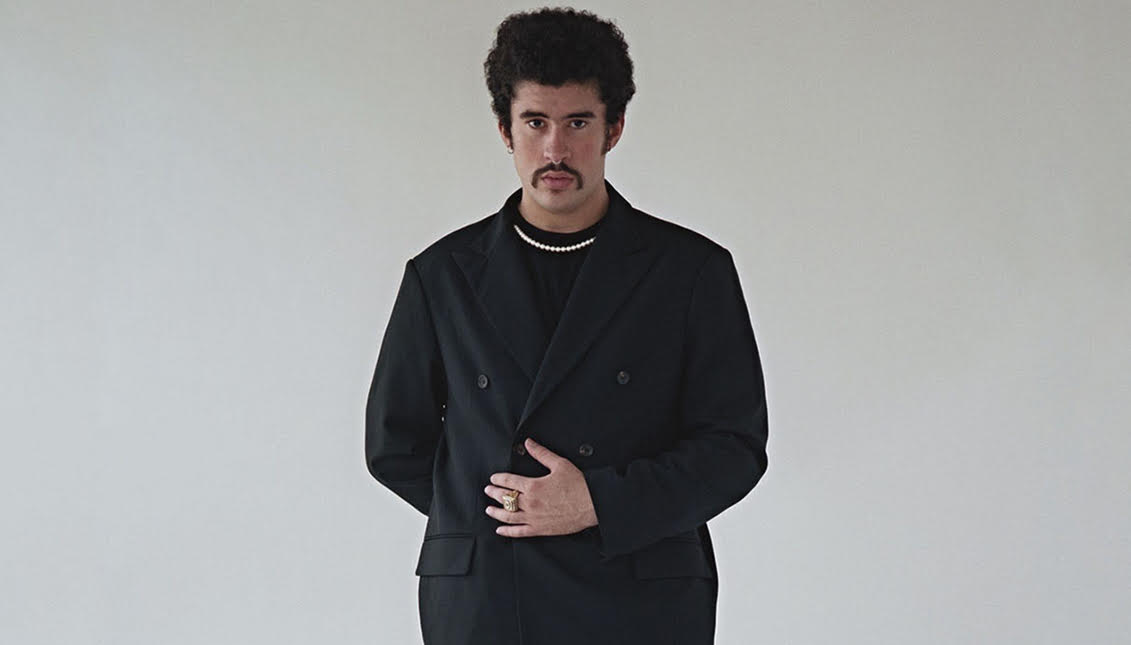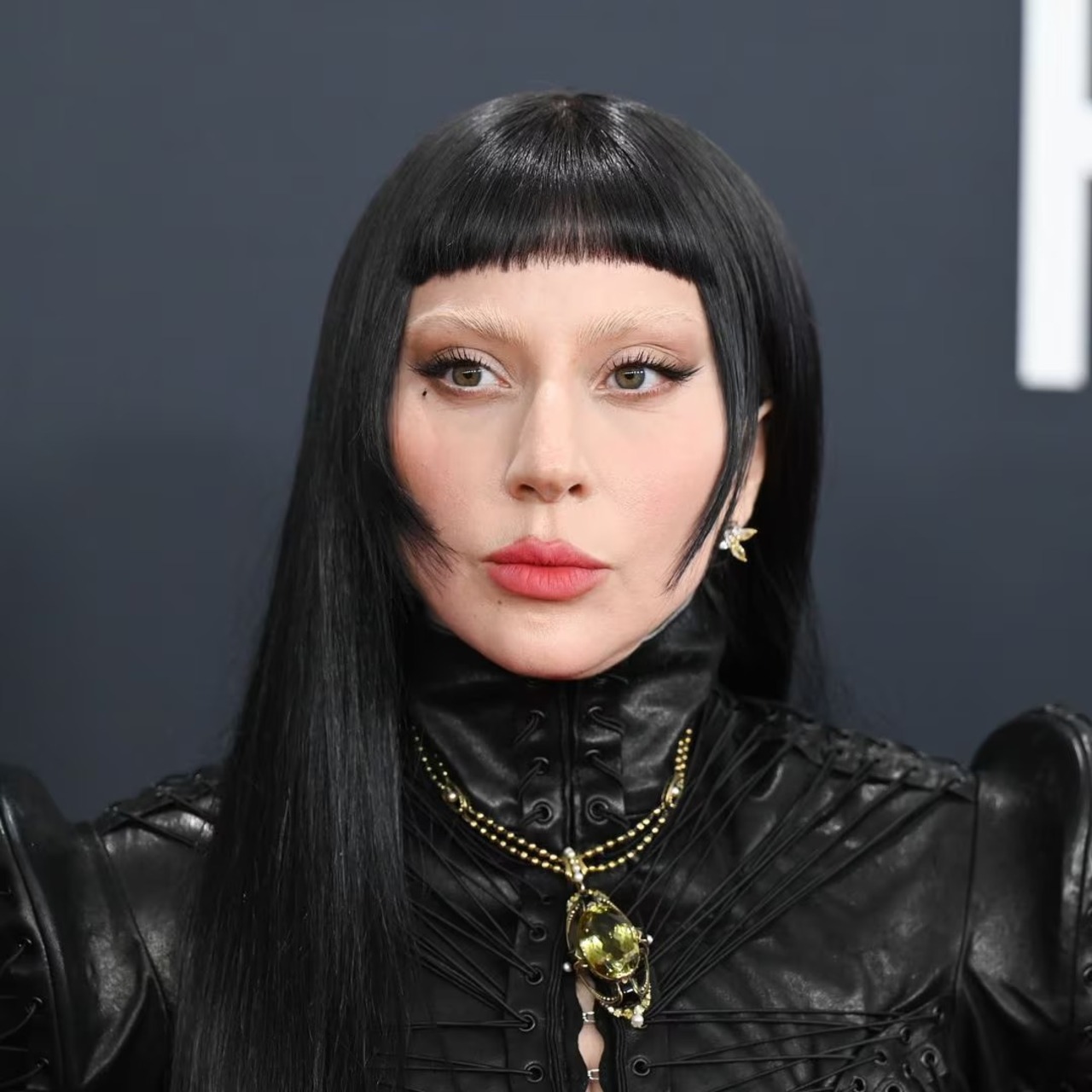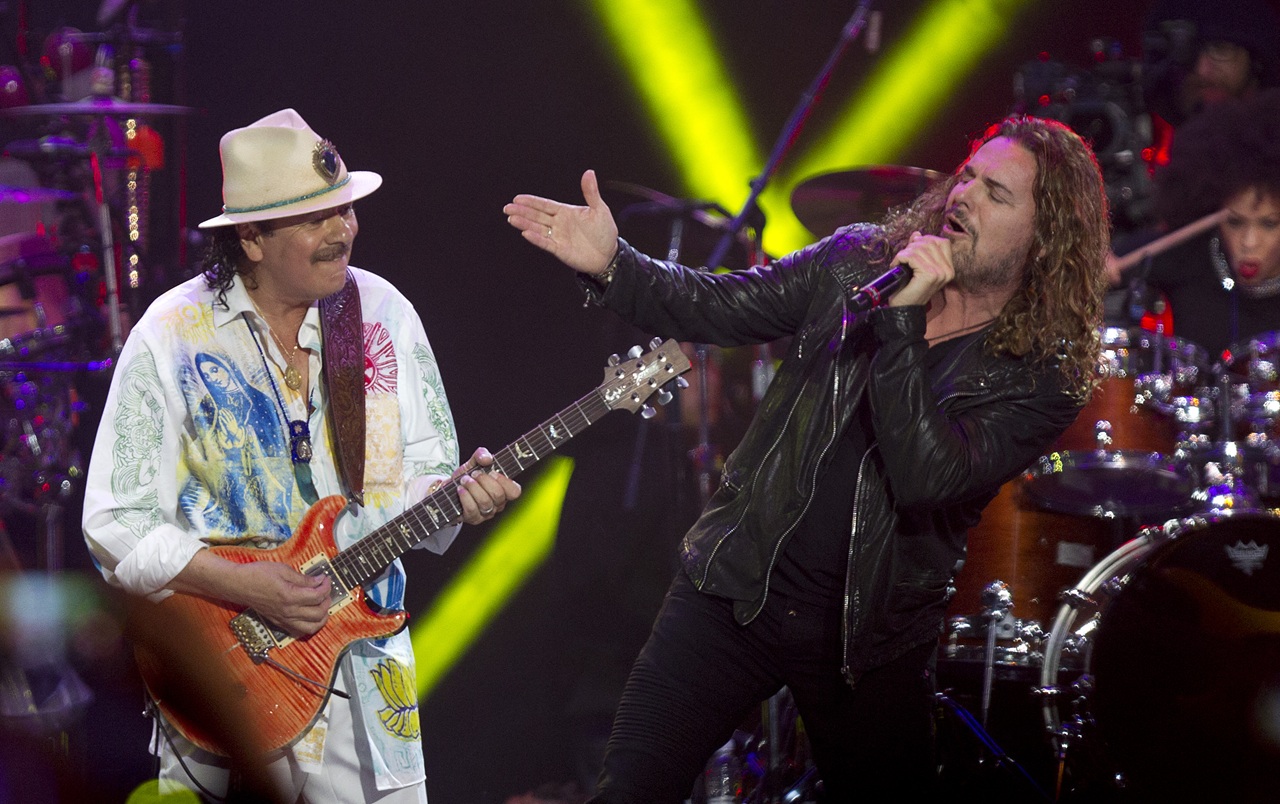
Bad Bunny breaks the Latino bubble on the New York Times Magazine
The latinx artist is no longer just a reggaetonero, he is mainstream.
‘The World According to Bad Bunny’ is what reads the most recent cover of the Culture Issue of the New York Times Magazine. Immediately, it brings attention to Benito Antonio Martínez Ocasio — more popularly known as Bad Bunny — the reggaetonero topping charts throughout the world.
The feature story covers everything from his love for Puerto Rico to his next album, but is also yet another big step for the artist in putting both his home and all of Latinos on the world stage.
The profile begins talking about his album YHLQMDLG, which begins with the song ‘Si Veo a Tu Mama’ and has a verse that we all can relate to in 2020: “maldito ano nuevo” (“this damn new year”), which has echoed throughout the last 10 months.
Still, the icon has shone through the dark times by being a voice and influence on a number of issues affecting both Latinos and young people of all backgrounds.
Bad Bunny is known for breaking cultural stereotypes, shattering boundaries others couldn’t dream of, and advocating for women. He’s even openly talked about depression, and shown the world it is okay not to feel okay.
His activism has also shown support for the trans community with the video “Yo Perreo Sola,” dressed in drag, or when he’s done public appearances wearing a skirt and a shirt that read “mataron a alexa, no a un hombre en falda.”
As for inspirations, Benito called out the prominent Black stars in musica urbana, and how the genre has become whitened over time because of global capitalism’s growing influence, almost as if history continues to repeat itself.
In the wake of George Floyd’s murder, Benito was also mute — no posts on social media, no interviews. It was as if he disappeared at a trying time to call attention to the racial inequalities that continue to exist among us.
However, on June 12, a TIME article was published about him speaking out, through email exchanges, and how he did not want to just send a basic message, but rather go deeper to “support the fight against a systematic monster that’s been [around for] centuries.”
What really kickstarted the artist’s crossover into the mainstream was his feature alongside J Balvin on Cardi B’s 2018 single “I Like It.”
Since then, he has described himself as an athlete representing Puerto Rico in the Olympics — putting his homeland on the map and showcasing to the world the problems on the small island.
Those problems start with its status as a commonwealth territory of the U.S. which means its citizens on the island cannot vote for president or have any voting representatives in Congress.
The natural disasters of Hurricane Maria, Irma and the earthquakes that rung in 2020 also add to the laundry list of problems, and also came with little financial help from the American government, which has left Puerto Rico in a vulnerable state to this day.
RELATED CONTENT
Despite the troubles, Puerto Rico has a one-of-a-kind richness in culture, color, life, and more. You can walk down the streets of cities like San Juan and feel a sweetness in the air.
In language, Caribbean Spanish like that of Puerto Rico is heavily criticized by the so-called sophisticated Latin Americans, but they all bop their heads to Bad Bunny tunes like “Safaera,” “La Romana,” and more.
So how did the young reggaetonero come to be?
Benito told the New York Times Magazine that he was just a kid from the country with parents who didn’t let him listen to reggaeton, minus Tego Calderon. The introverted Benito also began listening to underground mixtapes sold outside of his San Juan high school after they were picked up in the projects and exchanged there.
His creativity hit a spark with the rise of computer programs used to create music, like FruityLoops. Without access to a professional production studio, the chance to create beats from the comfort of a room was always at the tip of San Benito’s fingers with these new applications.
Those humble beginnings are what’s led him to the year 2020, and his break into the mainstream with YHLQMDLG.
It’s the album Benito says is the one ‘reggeaton deserves,’ but not the one this year deserved.
While we quarantined through months and danced around our apartments to “Safaera” and “Yo Perreo Sola,” Bad Bunny was plotting its follow up.
He told the New York Times Magazine that it “doesn’t have anything to do with YHLQMDLG.”











LEAVE A COMMENT: